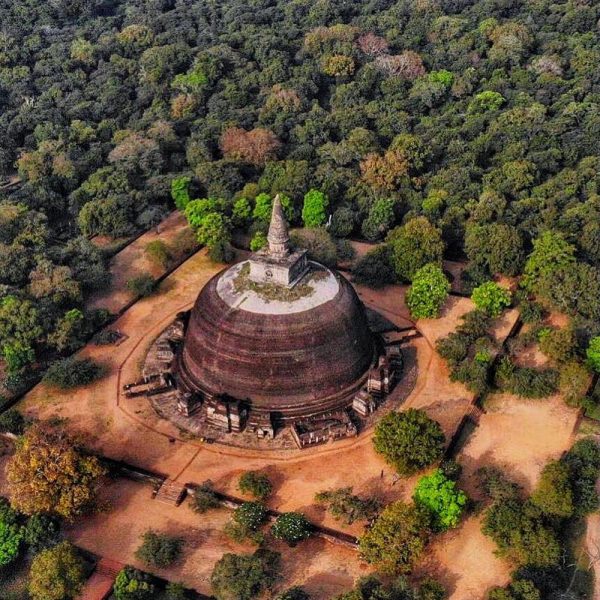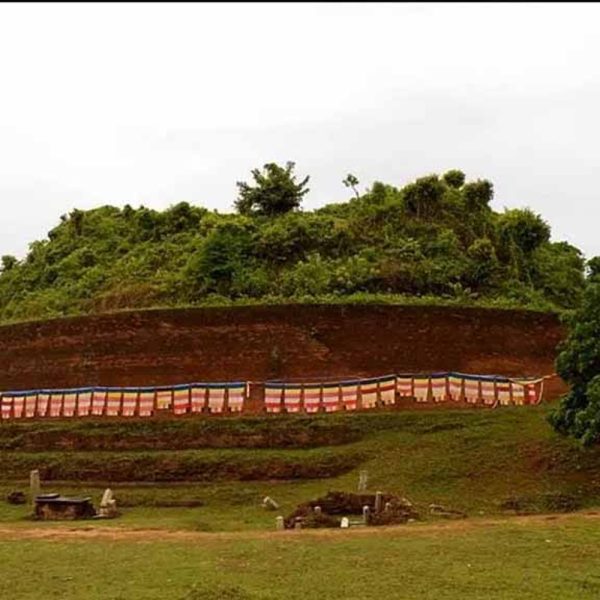Description
The Hetadage is another significant archaeological structure located within the ancient city of Polonnaruwa in Sri Lanka. It is a historic relic shrine and is believed to have been built during the reign of King Nissanka Malla (12th century AD). The term “Hetadage” translates to “shrine for keeping sacred texts.”
Here are some key features and aspects of the Hetadage:
- Function: The Hetadage served as a repository for sacred texts and relics, including the sacred Tooth Relic of the Buddha. It was a place of worship and veneration, where devotees could pay homage to the relics and engage in religious rituals.
- Architectural Design: The Hetadage is built on a raised platform and features a rectangular layout. It is surrounded by a protective wall and accessed through a grand entrance adorned with intricate carvings. The structure is supported by stone pillars and contains inner chambers where the sacred relics were kept.
- Guardstones and Moonstones: Similar to other ancient structures in Sri Lanka, the entrance to the Hetadage is adorned with guardstones (muragala) and moonstones (sandakada pahana). These carvings depict various mythological figures, animals, and floral motifs, showcasing the artistic and architectural achievements of the period.
- Stone Carvings: The Hetadage is adorned with elaborate stone carvings and sculptures, including images of the Buddha, Bodhisattvas, and guardian deities. These carvings are intricately detailed and reflect the religious and cultural beliefs of the time.
- Archaeological Significance: The Hetadage is an important archaeological site and a UNESCO World Heritage Site. It provides valuable insights into ancient Sinhalese architecture, religious practices, and iconography, and is a testament to the rich history and cultural heritage of Sri Lanka.





























